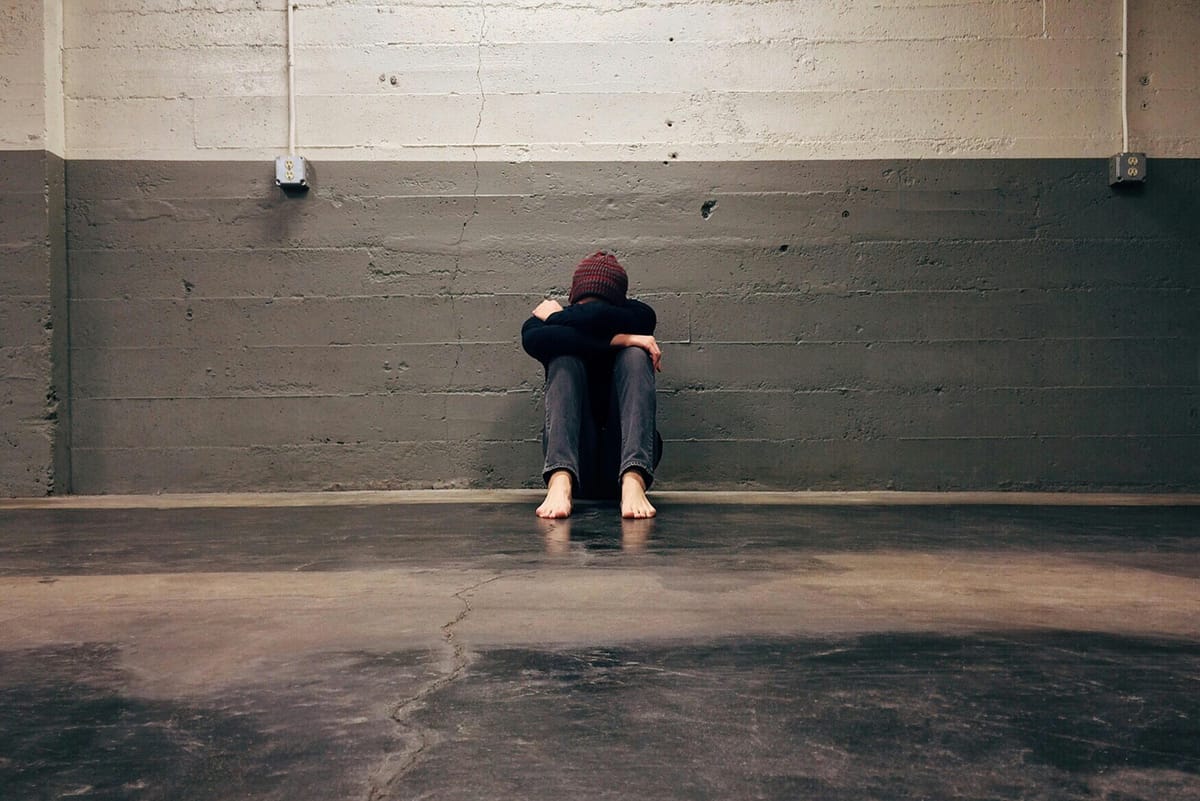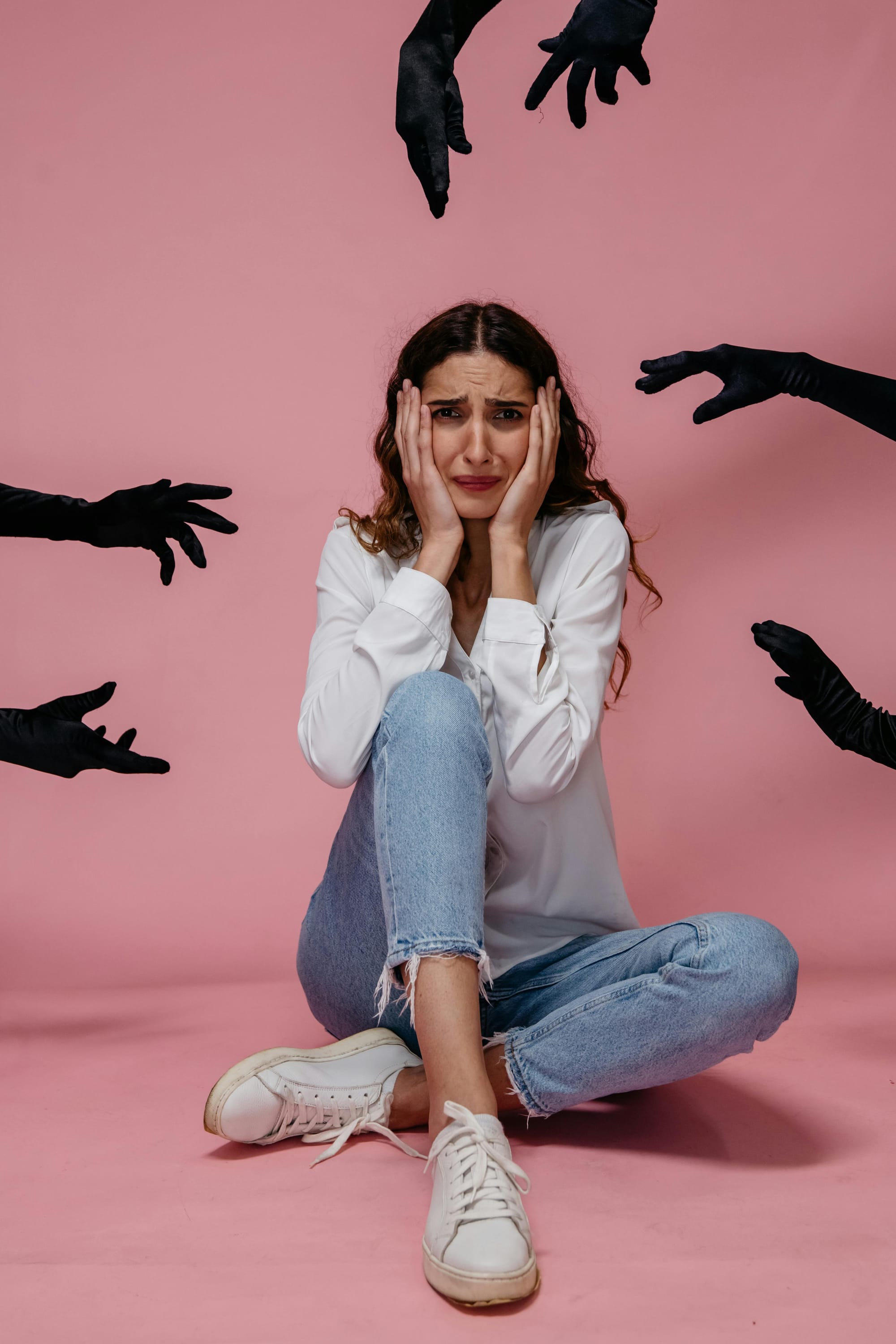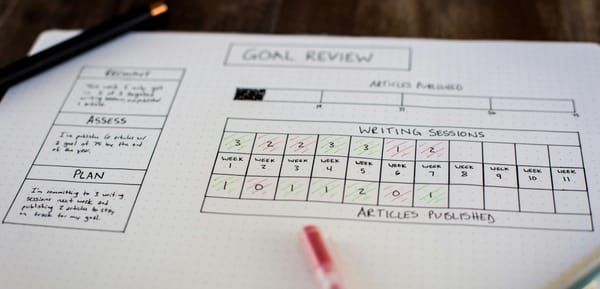Is Anxiety an Emotion? How do you control anxiety?

If you’ve ever searched online for "Is anxiety an emotion?", you'll find a good source. Many people wonder about how our minds work and what our feelings mean. The answer isn’t simple, but it’s interesting. Let’s look at what anxiety really is, why it matters, and how learning about it can help you take care of your emotional health.
What Defines an Emotion and Where Does Anxiety Fit In?
Psychologists say emotions are composed of various reactions to things happening within or around us. These can include changes in our bodies, such as a faster heartbeat, changes in our thoughts, like worrying about what could happen, and changes in our behavior, like avoiding certain places. Anxiety is part of this group, but it’s different because it’s mostly about what might happen in the future and how it affects us in many ways.
The American Psychological Association (APA) defines anxiety as “an emotion characterized by feelings of tension, worried thoughts, and physical changes like increased blood pressure, where an individual anticipates impending danger, catastrophe, or misfortune” (APA, 2023; VeryWell Mind, 2022).
Similarly, the StatPearls medical review explains that anxiety is a future-oriented mood state, involving cognitive, affective, physiological, and behavioral components working together (NCBI, 2022).
In short, anxiety is an emotion, but it stands out because it’s about what might happen, not just what’s happening right now. This focus on the unknown makes it different from emotions like fear, which react to things happening in the moment.

Anxiety Versus Anxiety Disorder: Know the Difference
It’s important to know the difference between feeling anxious sometimes, which is normal and can even help us, and having an anxiety disorder, which needs help from a professional. Understanding this can reduce stigma and encourage people to seek support when anxiety gets in the way of daily life.
The APA notes that while mild anxiety can be adaptive, anxiety disorders involve exaggerated, ongoing worry that interferes with daily life (APA, 2023).
Healthline explains that an anxiety disorder is defined by excessive, persistent worries,often unrelated to actual stressors, that disrupt normal functioning (Healthline, 2023).
SELF Magazine highlights that understanding this difference is crucial: experiencing anxiety is part of being human, but an anxiety disorder is a medical condition that requires professional care (SELF, 2022).
Understanding the difference is the first step. The next step is trying support that works for you Start with Aitherapy
Understanding Anxiety's Layers: Emotional, Cognitive, Physical
Anxiety is more than just a passing feeling. It’s a complex experience that can affect many areas of your life. It brings emotional stress, worrying thoughts, and physical symptoms. Noticing these signs can help you understand your anxiety and talk about it with others.We have 3 dimensions:
Emotional:Tension,dread,apprehension
Cognitive:Worry,rumination,negative forecasting
If your anxiety often shows up as constant overthinking and rumination, you might find these strategies helpful: How to Stop Overthinking
Physical:Heart racing,muscle tension,digestive issues,insomnia
According to Medical News Today, anxiety also activates the body’s stress response, preparing us for “fight or flight” with increased heart rate and heightened alertness (Medical News Today, 2022).
Can Emotion Turn Maladaptive?
Sometimes, the very emotion that is meant to protect us, like anxiety, stops being helpful and starts to feel like a constant problem. Instead of alerting us to genuine dangers, it becomes background noise, always “on,” even when life is safe.
Psychologist Barlow (1991) argued that anxiety disorders are not about the emotion itself being “wrong.” Instead, the issue lies in how our minds and bodies regulate anxiety. Imagine an alarm system that’s still functional, but overly sensitive. It rings even when there’s no fire (Barlow, 1991; PubMed Central).
The StatPearls review echoes this idea, noting that pathological anxiety results from misjudged threats, where the brain treats harmless events as dangerous and the body responds with full fight-or-flight activation (NCBI, 2022).

What This Really Means for You
The takeaway isn’t that you’re “broken” or “weak.” Instead, it’s more like your internal smoke detector is too sensitive.
Think about it like this:A neighbor’s dog barks loudly.
Your brain misinterprets it as a potential threat. Your body reacts with a racing heart, tense muscles, and a surge of adrenaline
But the reality? It was just a bark, no danger at all. This “false alarm” is what turns anxiety from a protective emotion into something maladaptive.
Why This Perspective Helps
You learn that anxiety itself is not the enemy; the sensitivity of the system is.
Instead of blaming yourself, you can recognize that the alarm just needs to be recalibrated.
With support,through therapy, CBT techniques, medication, or self-regulation strategies, this alarm system can be reset to a healthier baseline. So rather than feeling “wrong” for being anxious, you can begin to see it as a natural response that sometimes needs fine-tuning.
Anxiety as a Hidden Message
Sometimes anxiety isn’t the real reason you feel upset. It can hide other, deeper feelings. For example, you might feel anxious when you’re actually feeling angry, sad, or ashamed, but those feelings are harder to notice or talk about.
For many people, anxiety shows up most strongly in relationships;worrying about closeness, trust, or rejection. If this feels familiar, you can dive deeper here: Understanding Relationship Anxiety
VeryWell Mind explains that anxiety can function as a secondary emotion, standing in for harder-to-face feelings like anger, sadness, or shame (VeryWell Mind, 2022).
Many people see anxiety as a bad thing, but it can actually help us. Sometimes it supports us in ways we don’t expect, both in our thoughts and in daily life.Not all anxiety is bad.
TIME Magazine highlights that when acknowledged with curiosity, anxiety can actually encourage self-care, reflection, and resilience (TIME, 2021).

Looking at anxiety in a new way can turn it from just a warning sign into a chance to learn more about yourself.Let’s recap the essentials:
-Yes, anxiety is an emotion. It’s rooted in anticipation, physical alertness, and mental focus.
-It becomes an anxiety disorder when it’s chronic, intense, and impedes daily life.
-It operates on multiple levels: emotional, cognitive, and physical.-It can be a secondary signal, hiding deeper emotions.
-If you meet anxiety with curiosity and kindness, it can help you learn about yourself and grow. Rather than seeing anxiety as something to battle, try listening to what it might say about your needs, values, and fears.
Practical Steps: How to Cope with Anxiety in Everyday Life
- Name it: Saying “I'm feeling anxious” can help regulate intensity.
- Explore what's underneath: Ask yourself what is really bothering you. Is it fear, hurt, or feeling tired?
- Ground your body: Use breathing, movement, or sensory exercises to calm the loop.
- Seek help when needed: If anxiety is persistent or harmful, talk to a mental health professional.
Want more practical tools? Check out our guide on How to Stop Overthinking and learn how to break free from thought spirals.
If you need help understanding anxiety, try to find tools you can use every day without fear of judgment.Try this
Aitherapy is an AI tool based on CBT that can support you as you work through your emotions. It encourages self-reflection and self-care. This support can help you put what you’ve learned into practice. It's just a feeling,” remember that anxiety is an emotion, but it’s also a strong signal and sometimes a real medical condition. When you understand it, anxiety can even help guide you. Respecting how complex it is can help you turn anxiety from a burden into something that supports your emotional health.
Therefore,Anxiety is an emotion, but there’s more to it. Sometimes it protects us, and other times it gets in our way. It can help us get ready for challenges, but it can also feel overwhelming. Understanding what causes anxiety and how it shows up can make it easier to handle each day.
References
- American Psychological Association. Anxiety overview. APA
- VeryWell Mind. Anxiety as a secondary emotion. VeryWell Mind
- Medical News Today. What is anxiety? Medical News Today
- NCBI Bookshelf – StatPearls. Anxiety overview. NCBI
- Barlow, D. H. (1991). The nature of anxiety disorders. PubMed Central
- Healthline. Anxiety vs. anxiety disorder. Healthline
- SELF Magazine. Feeling anxious vs. anxiety disorder. SELF
- TIME Magazine. Why anxiety can sometimes be good for you. TIME





